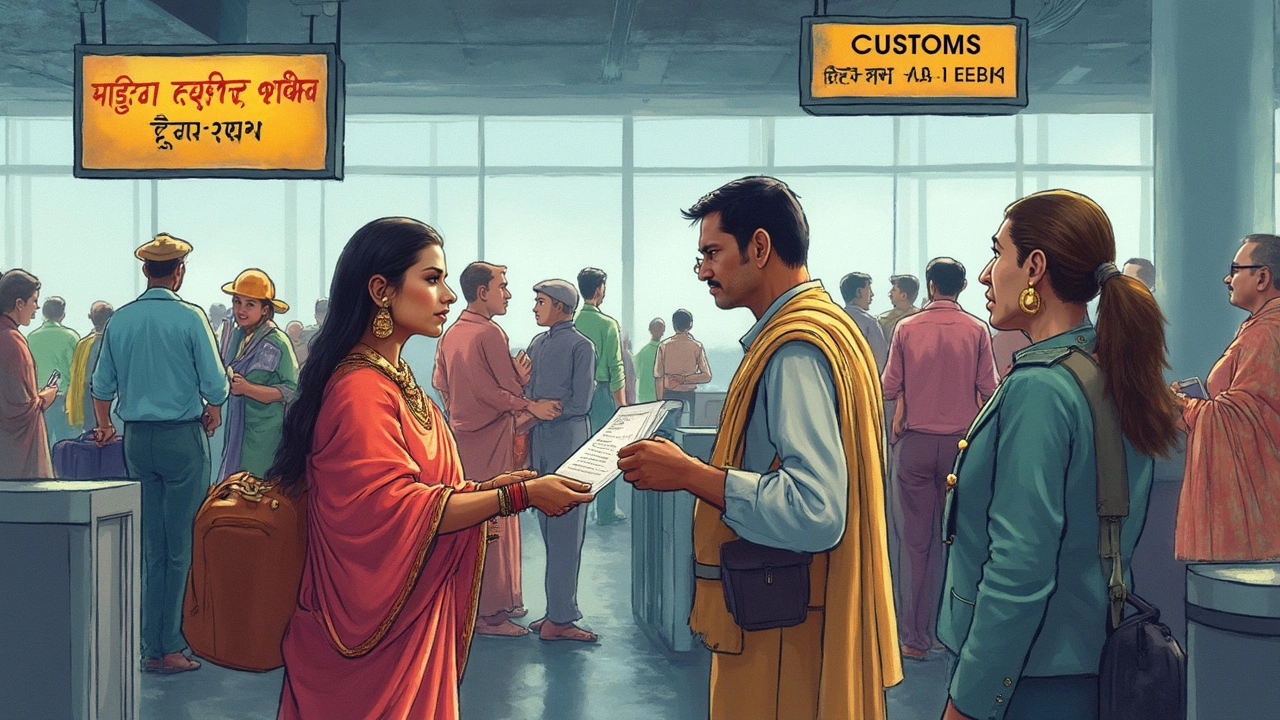Indian Customs Jewelry
When talking about Indian customs jewelry, traditional ornaments worn in Indian ceremonies and daily life, often reflecting cultural identity and regional heritage. Also known as ethnic Indian jewelry, it celebrates rituals, festivals, and personal milestones across the subcontinent. One of the most iconic symbols is the Mangalsutra, a sacred necklace tied by the groom during Hindu weddings to signify marital commitment. Another staple is the Choora, a set of red and ivory bangles traditionally gifted to the bride, marking her transition into married life. Finally, Bangles, colorful rigid bracelets that convey fertility, prosperity, and family bonds. Together these pieces illustrate how Indian customs jewelry intertwines personal stories with cultural heritage.
Key Pieces in Indian Customs Jewelry
Each adornment carries a story. The Mangalsutra goes beyond a simple accessory; its design—gold chain with black beads or intricate pendants—often reflects regional tastes, from South India's multi‑strand styles to North India's single‑strand gold. The act of tying it is a ritual that binds the couple both socially and spiritually. Meanwhile, the Choora ceremony involves the bride’s maternal family presenting a specific number of bangles—usually eleven—to invoke blessings; the color palette and material (gold, glass, or silk) signal the family’s status and the bride’s future aspirations. Bangles themselves have evolved: today you’ll find plain enamel pieces alongside heavy gold sets, each conveying messages about health, prosperity, or fashion trends. Adding a modern twist, many designers now blend traditional motifs with contemporary silhouettes, allowing younger generations to honor customs while expressing personal style.
Beyond these marquee items, smaller ornaments like the Nose pin, a delicate stud or hoop placed in the nostril, often worn for aesthetic and auspicious reasons also play a vital role. In many regions a nose pin is tied to marital status or family lineage, while in others it simply enhances facial features. The placement, size, and ornamentation differ across states—Rajasthan favors large gold hoops, whereas Gujarat prefers tiny, understated studs. These subtle differences highlight how Indian customs jewelry serves as a visual map of cultural diversity. Whether you’re exploring wedding rituals, daily wear, or festive celebrations, understanding these pieces helps you appreciate the layered meanings they carry.
Now that you’ve got a sense of the main symbols, their regional flavors, and how modern designers reinterpret them, you’re ready to dive deeper. Below you’ll find a curated collection of articles that unpack everything from Mangalsutra buying guides to the etiquette around Choora removal, along with style tips for nose pins and bangles. Use these resources to enrich your knowledge, make informed purchases, and celebrate the vibrant world of Indian customs jewelry.
